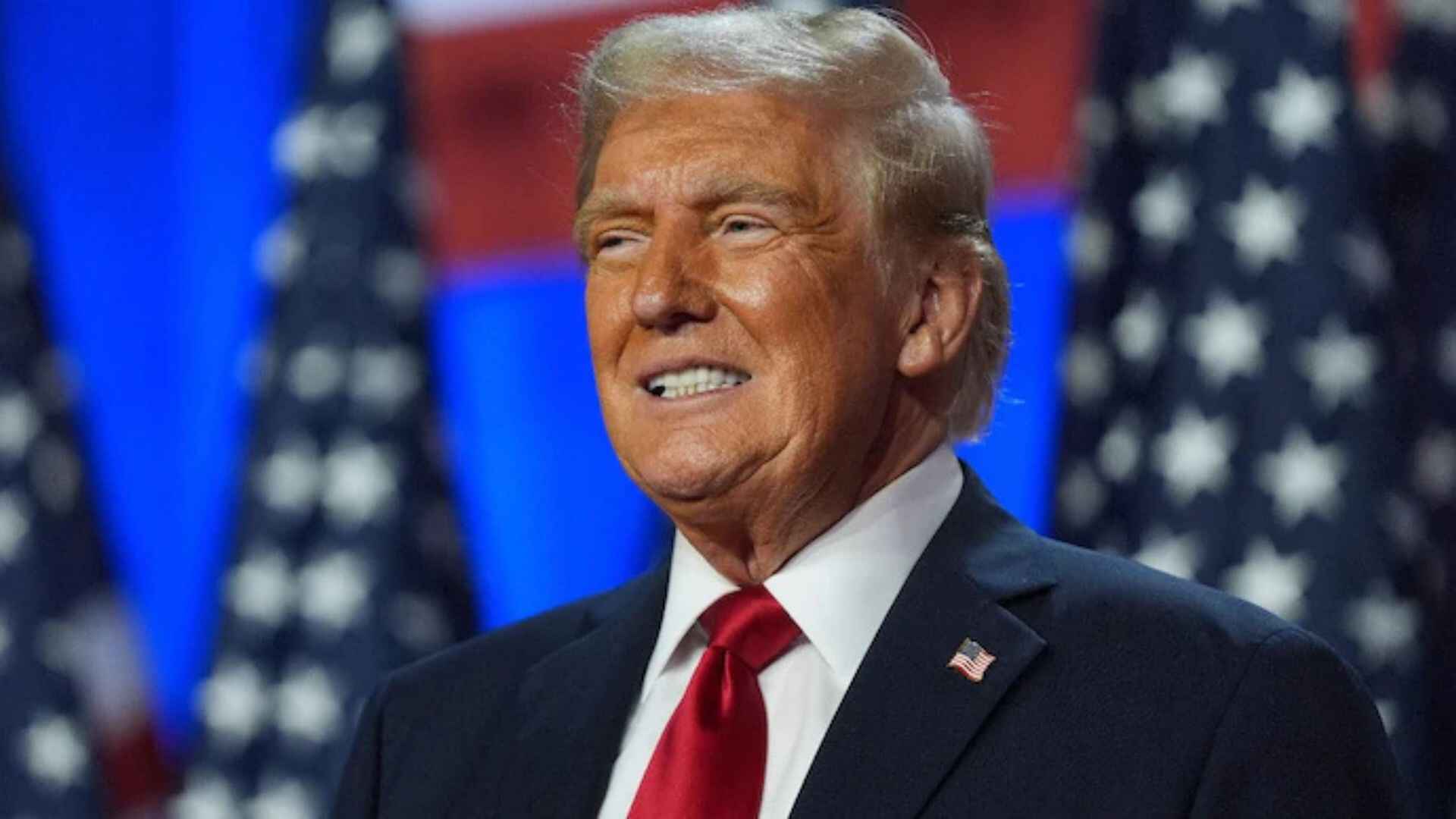The Centre’s decision to appoint Manoj Sinha as the Lieutenant Governor of Jammu & Kashmir is being perceived as a master stroke. He has been sent as a catalyst for restoring the political process. But he has a daunting task of winning people’s hearts before he is able to achieve the Government’s objectives.
In his new challenging role, Sinha is not just expected to mend roads in Srinagar but also to connect political highways with the political dispensation at the Centre. He has good credentials. He has good equations with both PM Narendra Modi and Home Minister Amit Shah as well. He is an experienced and sophisticated leader.
One of his biggest qualifications for the job is that he enjoys good relations with politicians in Kashmir including the Abdullahs. Green shoots have already started emerging with the release of almost all political detainees except Mehbooba Mufti and a few others, who continue to choose to go the primrose way and toe the separatist line.
Sinha, it is believed, is capable of preparing fertile ground for political activity. But he has to reorient the system and prepare it for the political activities to grow organically. Vice-president of NC Omar Abdullah has said that he would not contest elections until statehood is restored. Sinha’s initial task would be to test the waters for restoration of the statehood, as promised by PM Modi.
Today Kashmiris are a confused lot. Having experienced the process of Abrogation of Article 370, they will now have to decide whether to align with the government, take the middle path or go the separatist way. Immediately after taking oath as LG, Sinha’s statement was quite positive.
He said it’s time to connect Jammu & Kashmir to the mainstream. He will inspire confidence among the people and ensure there is no discrimination. And that he will be guided by Indian Constitution. He will work for the well-being and development of the region. Genuine grievances of people would be addressed and solutions will be worked out. “Hum seedha samvad karenge,”(Will interact with people directly), he said while addressing the media in Srinagar on Friday.
One of his most important tasks would include rehabilitation of Kashmiri pandits in the valley. At the moment one could only visualise their return but the actual return would depend on how soon the political process is restored.
A political vacuum over a long span of time could be detrimental to national interests and would only benefit separatist backed by Pakistan. Inimical neighbors have been aggressively carrying out its anti -India agenda on international forums without any success though. It has to be quelled by expediting the political process.
Challenges are many, even after getting significant and unprecedented support from the people of Kashmir ground workers have been targeted by terrorists. Sajad Ahmad Khanday, a BJP leader, who was a sarpanch in Jammu & Kashmir’s Kulgam district was shot dead by terrorists a few days ago. Last month BJP Chief of Bandipore Sheikh Waseem Bari, his father and brother were killed in the district. This and a series of many other killings have spread fear among the political workers. This must be stopped if actual democracy is to prevail there.
Therefore there is some urgency that the political process should be restored at the earliest. LG Sinha is expected to bring political parties to a convergence point, which is acceptable to all. This of course will take time and will require patience if BJP were to succeed in its long cherished objectives.
Having served as threetime Member of Parliament and as successful Union minister of telecom and railways with independent charge at the Centre, Sinha is being seen as an apt choice for building on tough efforts undertaken during last one year.
Also the choice is being perceived as appropriate due to his calm temperament and his image as a problem solver. Sinha is an engineer from Institute of Technology, Banaras Hindu University- so he could also be described as a technocrat.
Abrogation of Article 370 had been one of the most important highlights of BJP’s manifesto. It was implemented one year ago. A whole lot of painstaking security planning and meticulous execution of the plan was put in place. All possible fallouts were taken into account and nobody got a whiff that the Centre had actually made up its mind to implement it until it made the formal announcement. This planning and seamless execution was unprecedented in terms of its success and effectiveness in achieving the government’s initial objectives.
The state of Jammu & Kashmir without any major violence was bifurcated into two union territories J&K and Ladakh. Following the abrogation, the Prime Minister Modi in his address to the nation had promised that there would be a window for restoration of statehood and J&K would be run by the elected representatives.
Ever since the government’s priority was in stage 1 — to pronounce strategies aimed at empowering people through economic incentives, public and private investment and providing employment to youths. While some efforts were made in this direction despite the inertia of the state’s reluctant bureaucracy not much could be achieved.
Another reason was the security lock-down followed by Corona lock-down, which halted all developmental activities envisaged by the Centre. Corona had ensured that even the rest of the country went into lock-down like Jammu & Kashmir. But for the people of J&K it was much tougher and intense as they came to terms with the shocking changes in the political set up as well.
Long span of lockdown has set in depression in the minds of people. School children have been hardly able to go to school for days in one whole year. Businesses and livelihood have taken a major hit like never before. All developmental work has come to a halt.
While all this happened most political leaders were detained as a security requirement. Consequently people could not reach out to their leaders for resolving the issues. The new administrative set up was busy charting a way forward for implementing the ambitious schemes announced by the government and at the same time battling with a severe strain of Covid-19.
These days the political vacuum is most intense and dangerous. Some political activity started with Altaf Bukhari forming the Apni Party as an alternative to PDP, NC and Congress. It was a welcome move but due to a long lull in political activity, reluctance has set in the leaders of the newly formed party as well.
Manoj Sinha has been introduced into Stage 2- a crucial juncture-which is the advanced process of restoring the political process. Now let’s look at the rationale behind his appointment. He was one of the contenders for the post of chief minister in Uttar Pradesh so he has a big stature and good rapport with the top BJP leadership.
He has an advantage which LG G C Murmu did not enjoy. It is the advantage of his political acumen and getting things done by the bureaucracy with a certain authority. The bureaucracy has no option but to fall in line with the experienced leader.
Ever since the process of abrogation of Article 370 began, every Centre representative had played an important role. While Satya Pal Malik, who is also an experienced politician was entrusted with the responsibility of governance in the initial phase of abrogation of Article 370, G C Murmu a non-controversial bureaucrat was brought in to bring in administrative changes aimed at the development in the region. He now enjoys one of the most coveted bureaucratic appointments of the CAG.
It is ironic that despite best of his efforts in Kashmir, circumstances were such that he could not achieve much success. The people of Srinagar were appreciative of his genuine efforts including his decision of allocation for funds for building roads. Murmu was instrumental to some extent to bring normalcy in the administration. Perhaps he could have performed better if he got more support.
Manoj Sinha, who is multifaceted and enjoys the reputation of a leader with sharp political thinking, a technocrat and a sophisticated person who can get along with everybody, has been entrusted with his own set of responsibilities. So he has all the qualities required for the position — an experienced politician, a technocrat and an able administrator.
In order to be successful in his new endeavor, Sinha will have to do a tightrope walk. His journey in Jammu and Kashmir may be fraught with the risk of creating a Jagmohan like image for himself. Jagmohan had a good first stint as J&K Governor in the eighties. His term was by and large peaceful. But Kashmiri people have bitter memories of him when he returned to the position again in the 1990s, the time when terrorists started getting support from people in a big way. His reputation as a well-meaning person and an able administrator took a dent in his second term while he was busy with the law and order compulsions.
It is now in the interest of people of Jammu & Kashmir to cooperate with Manoj Sinha who has started on a positive note. Terrorism will not lead to anywhere. Now that the people have come to terms with the fact that abrogation of Article 370 is irrevocable they should work hand-in-hand with the new LG for a bright future.
Jammu & Kashmir has great potential for growth. The people of the region have shown it in the past with its high growth rate. Now that J&K stands on the threshold of entering the mainstream enjoying all the joys and sorrow that any other Indian citizen experiences, people of the region need to come out of the clutches of Pakistan and make a new beginning.







